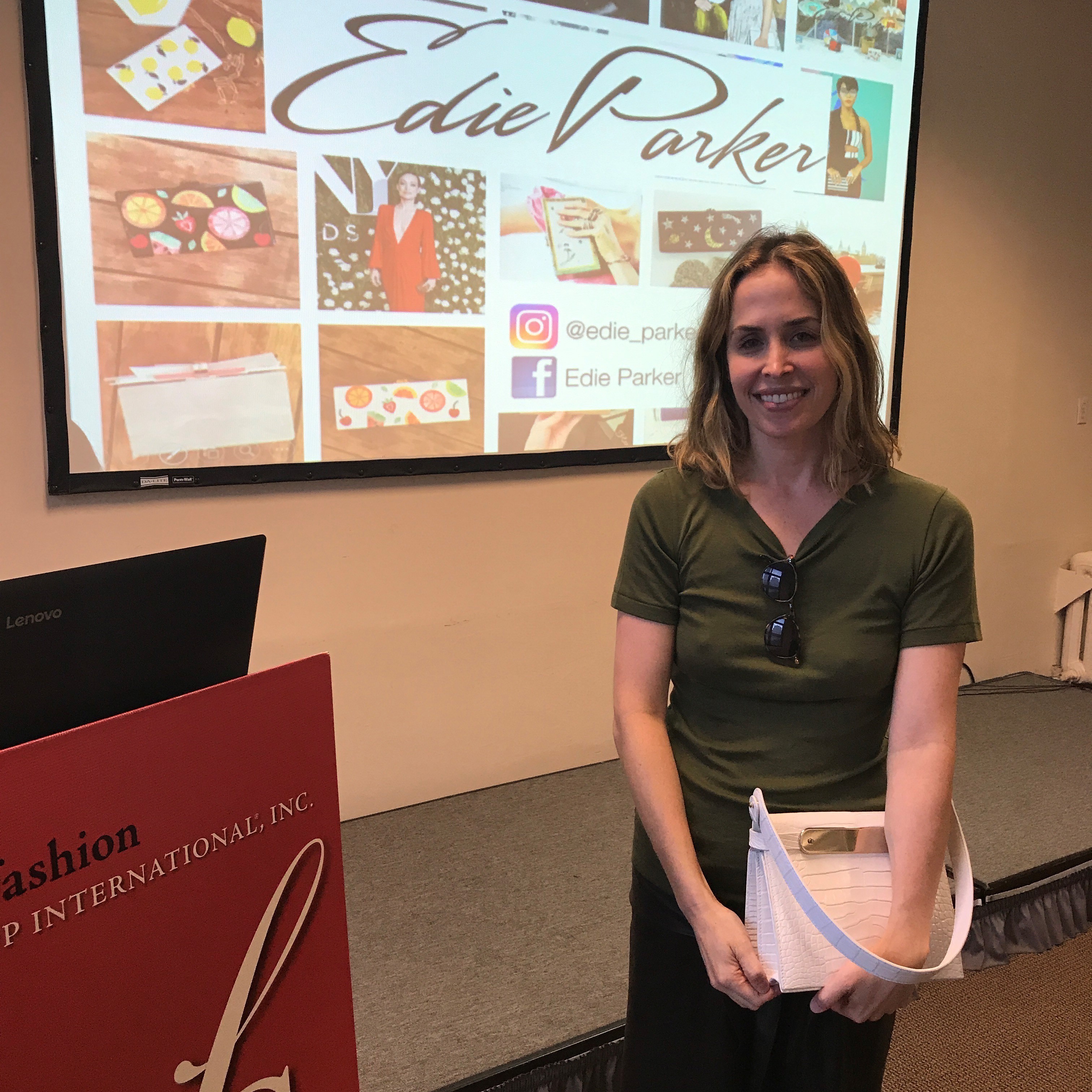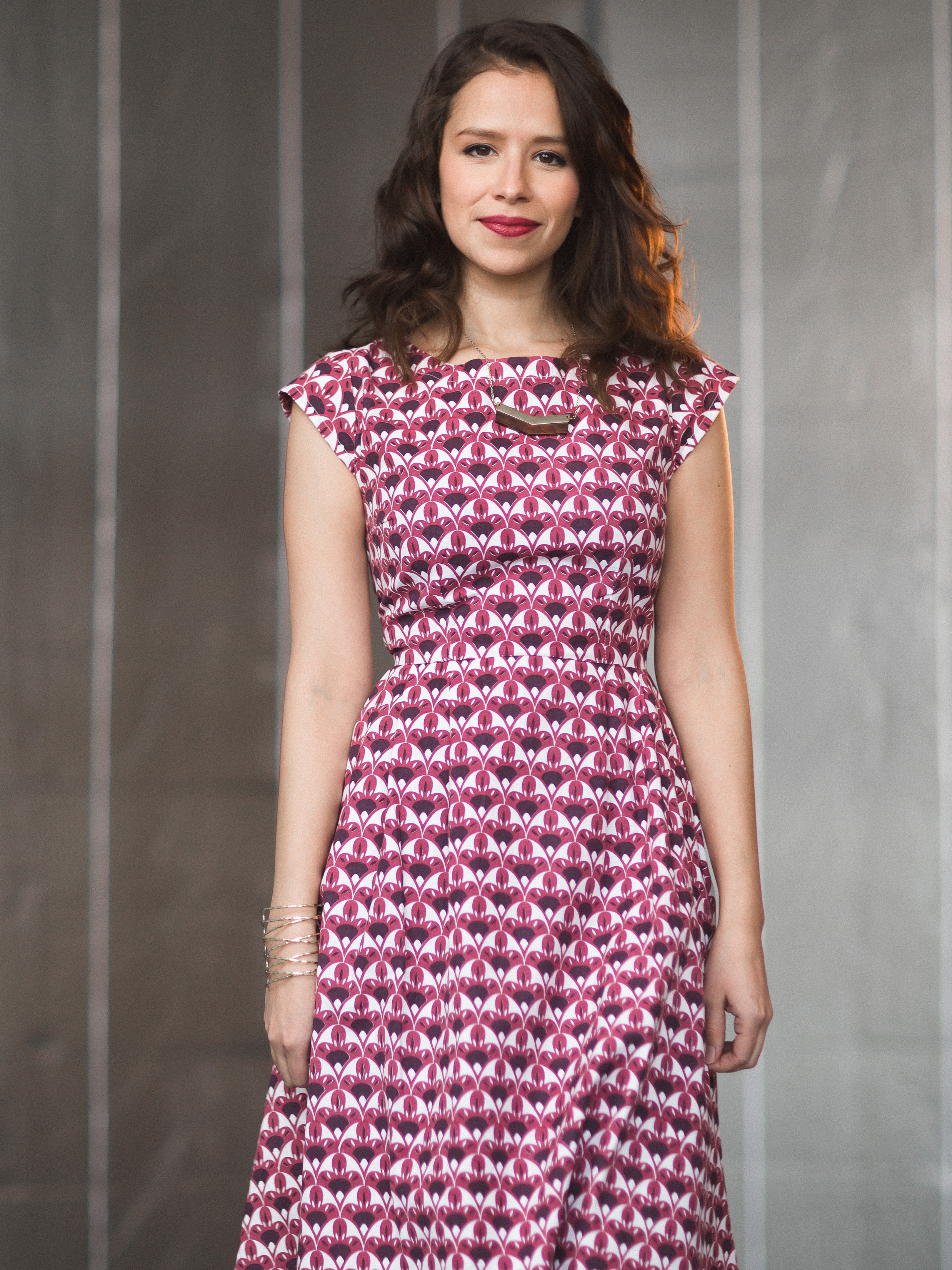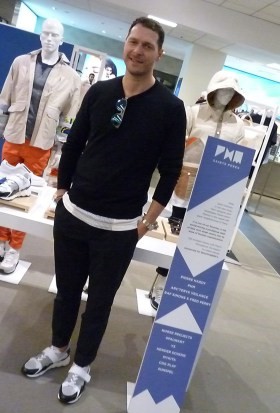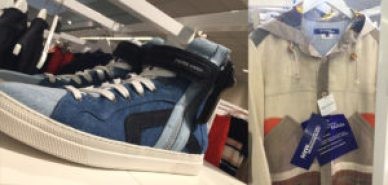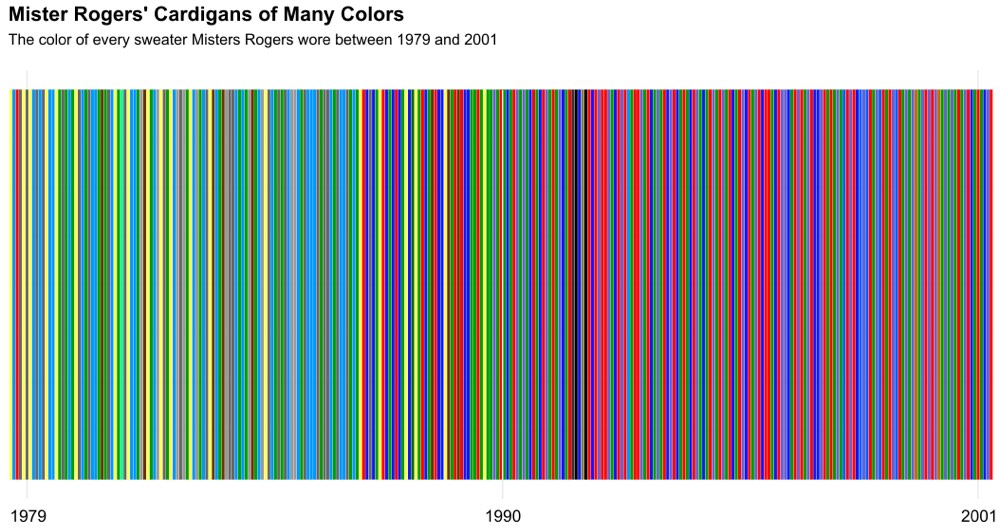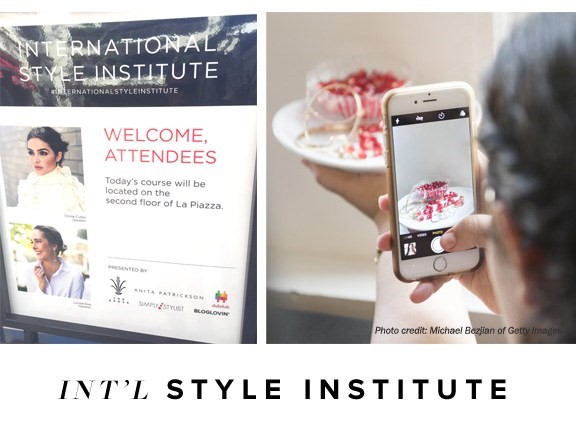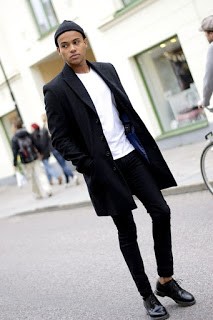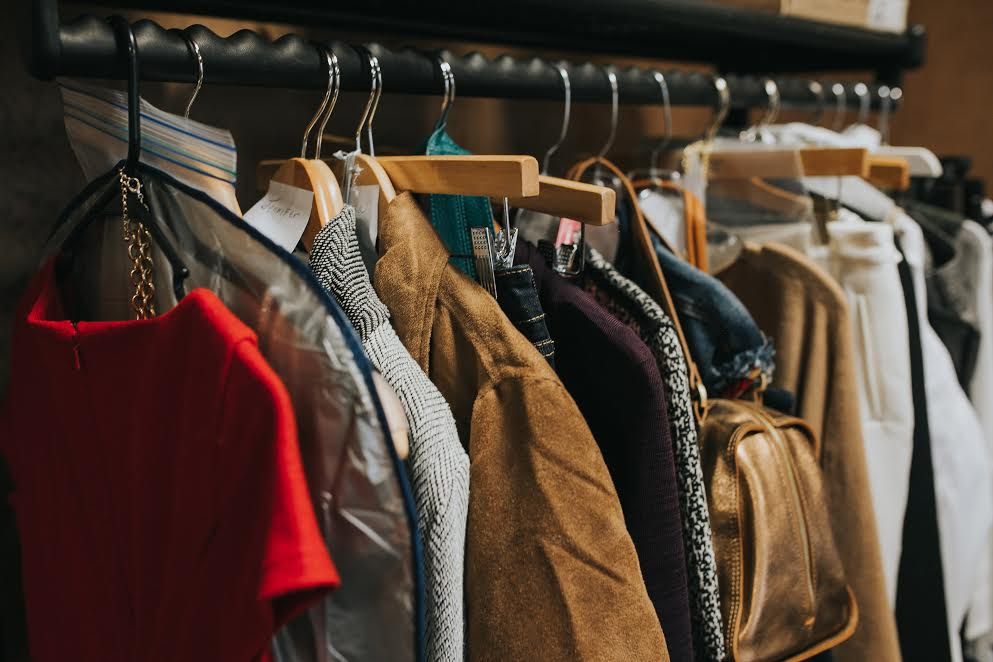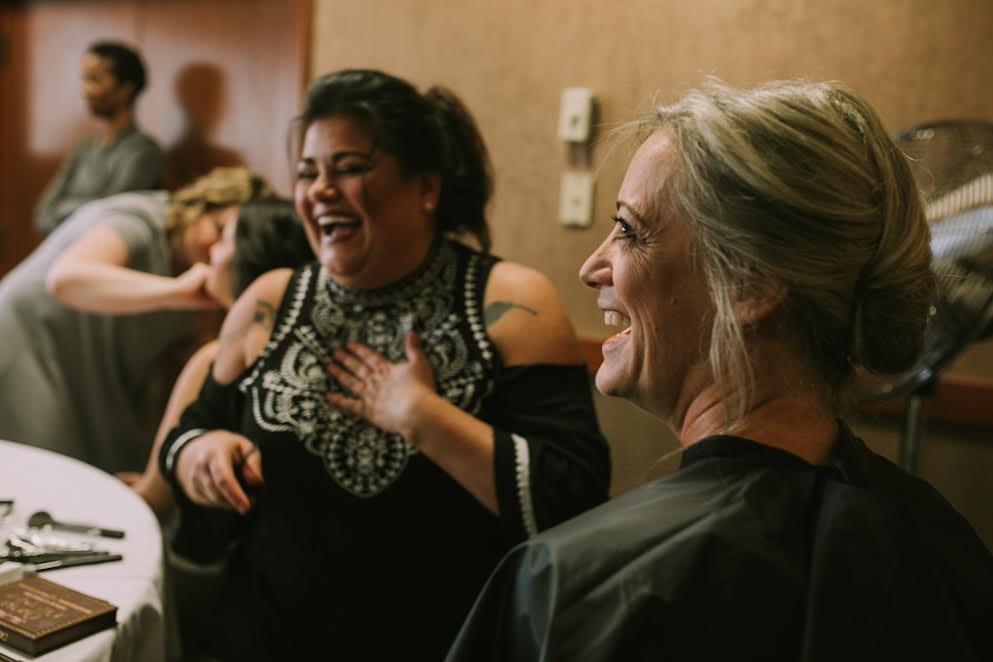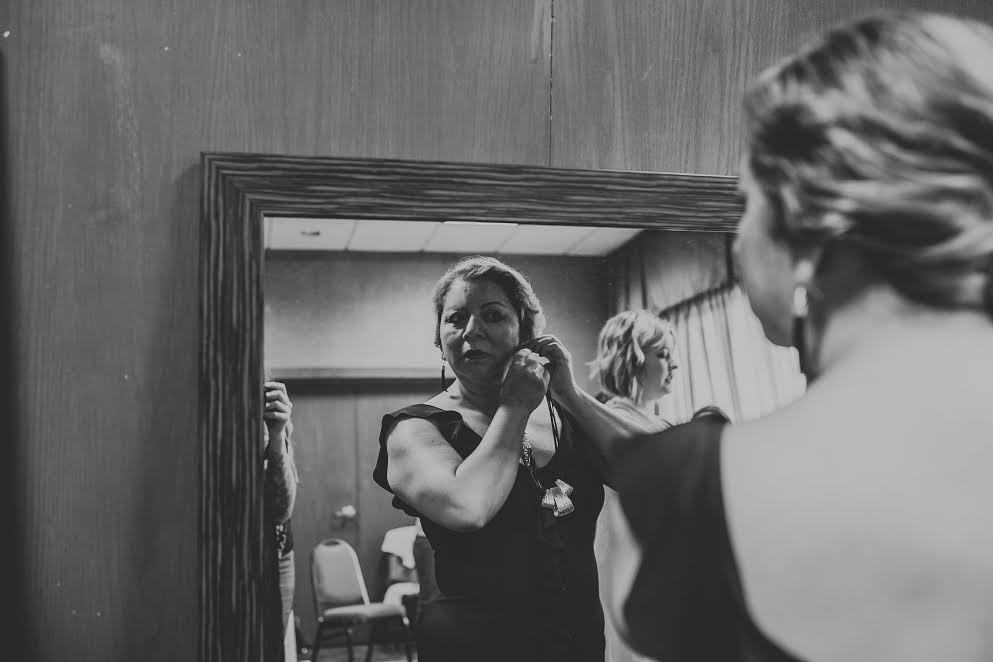Millennials were originally defined as a range of ages, similar to baby boomers. Yet, in my experience, you say that word and people assume you’re talking about the entitled, selfie generation. Streetwear also experiences this general distaste; you mention the sneaker-head jargon and some immediately think about polyester tracksuits, black wedges and overpriced Nike’s. However, this grassroots trend has evolved into a fashion craze that is here to stay, and with good reason.
Streetwear began as an unobtrusive style that was urban focused. The brands had tapped into the NYC hipsters and LA surfers with an easy cool style that was easy to follow, check the latest fashion trend with the matching gear hats !
Think oversized Stussy T-shirt, or the original industry disrupter, Supreme. According to Racked, “Supreme is the sacred seal of young skateboarders as well as the go-to office wear of hipster ad execs and other would-be culture creators. Thanks to James Jebbia, who launched the company in 1994.” He followed in the footsteps of surfing legend Shawn Stussy, who’s cotton T’s and original logo from 1984, still have a presence at Men’s fashion week (Chayka). Stussy and Supreme alike broke into the apparel industry on the curtails of early 90’s legends like Air Jordan for Nike and Biggie’s luxury Coogi sweater.
Despite a 1995 article in Vogue, comparing Supreme with Chanel and collaborations with luxury brands such as Louis Vuitton, streetwear is still seen as rudimentary to industry leaders. The negative connotation is in part derived from the idea that it is uninspired and looks juvenile. But to streetwear fashionistas, it is synonymous with limited production and buying into a legacy (Babcock).
Look at Supreme; the plain white cotton box logo tees have a resell value in the hundreds. After a decade of exponential growth, sales are starting to level out, but investors have been doing the math far above street level. The Carlyle Group, one of the largest private equity investment firms in the world, purchased a 50 percent stake of Supreme’s private equity for no small cost. The company is now worth an estimated billion dollars (Sagner). Even though they are lightyears away from LVMH’s $37 billion empire, does Supreme’s longevity mean that we have to treat them as high fashion?
How do we differentiate luxury from streetwear when price points and quality are becoming more and more alike? Ready to wear collections suggest day to day high-end; and streetwear is conjuring to keep their stake in the industry. Streetwear is easy to wear and non-traditional, while teetering on the edge of high fashion, a trend with sales driven by 15-30 year olds wearing things such as custom hoodies.
But what of the 100-year-old gatekeepers like Barneys and Bergdorf that hesitated to invest in these new comers? Millennials have different solutions.
Already, we have plenty of web based luxury streetwear resellers like Farfetch. So, I’d like to emphasis the importance of brick-and-mortar, Dover Street Market. With exclusive collaborations with Gucci and Balenciaga, they have no fear of a merchandise mix that includs Raf Simons and Vetements next to Adidas and G-Star. They bring together the best of limited run box logos, futuristic minimalism, and household names like Calvin Klein. To set up shop, they went straight to the markets in which Supreme was most successful; Beijing, Singapore, NYC, and Tokyo; all hubs for modern middle-class Millennial’s.
Case-in-point: retailers are slowly making room for these breakthrough brands that started in an unconventional setting, but only Dover Street is transitioning fast enough to lead the industry into a new age.
I still wonder if streetwear’s luxury collaborations will last them through the next decade, or will limited production runs lead to the evaporation of these new high-priced, globally recognized brands. Millennials are cheering them on with Instagram tags, but it’s my hope these brands survive to prove that bottom-up branding is more sustainable than the industry believed it to be. Stay tuned.
Author: Alex Kohe (FGI New York – Associate Member)
Alex is the Team Lead of International Brands Direct where she organizes marketing campaigns for clients in the United States and promotional campaigns for clients entering new markets via IBDshop’s channels. Alex will graduate from Florida State University in Spring 2018 with a degree in Marketing. During her time at Florida State she has acquired leadership skills, organizational strategies, and relationship management skills through her experience as a member of the Varsity swimming team, her internship position with a Florida Senator, and her time studying abroad in Valencia, Spain.
